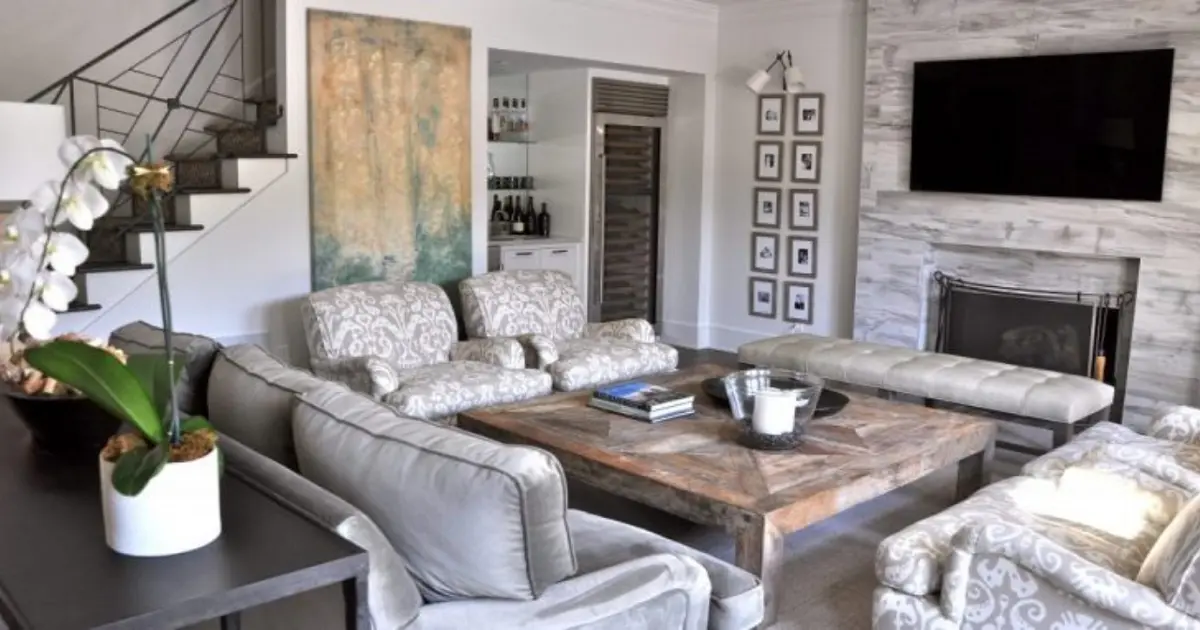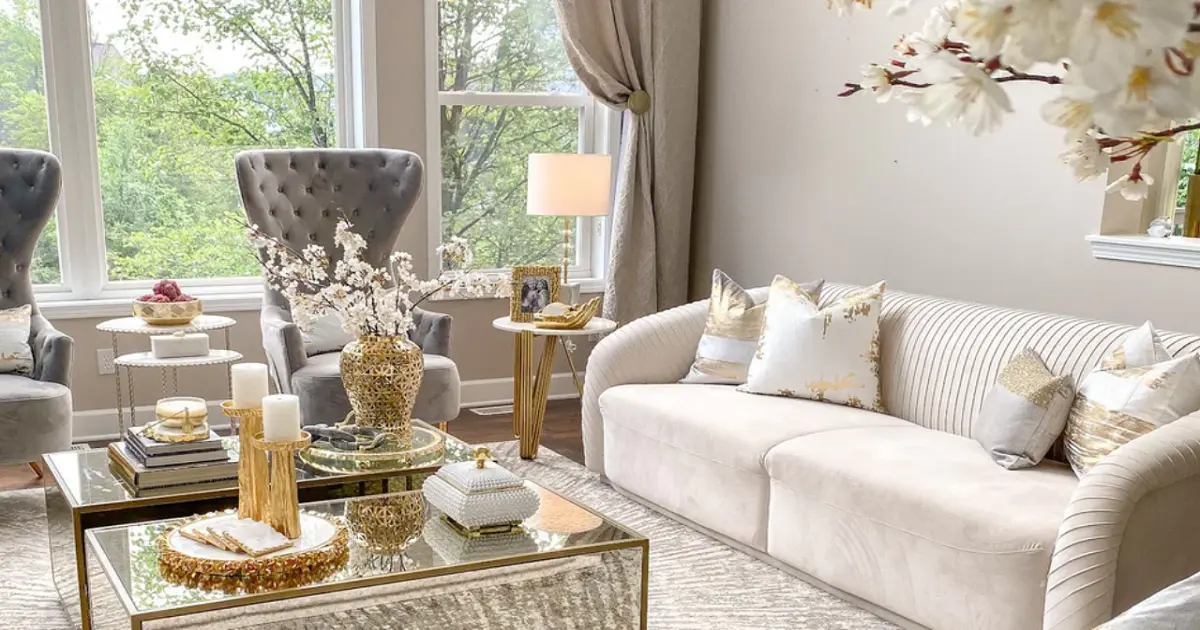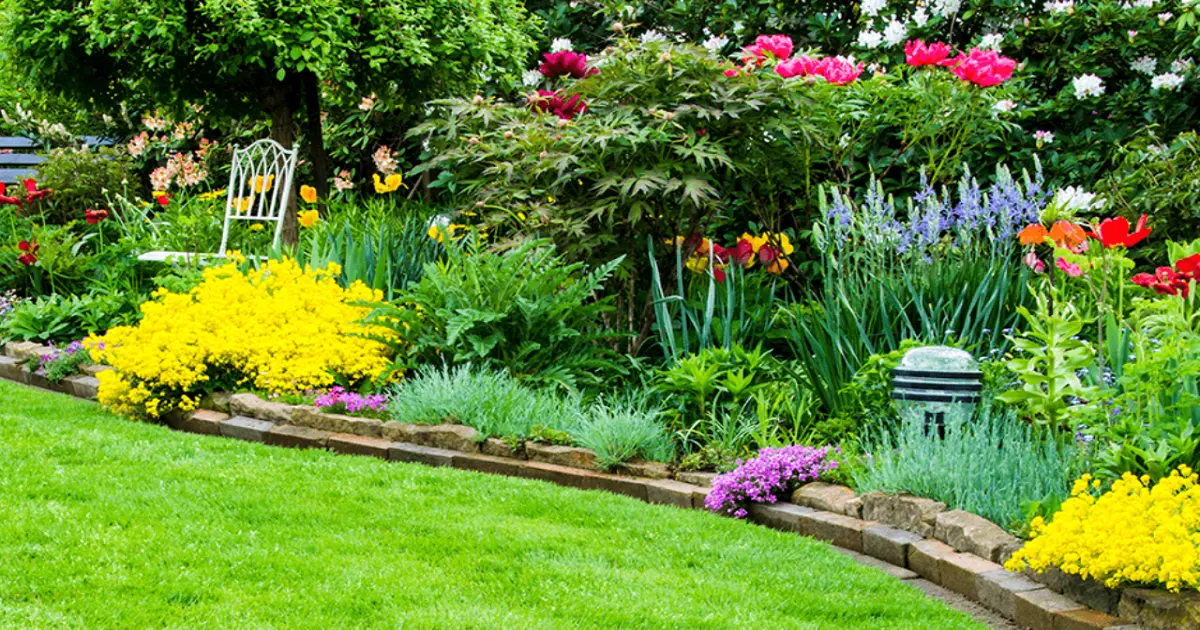In the ever-evolving landscape of modern architecture, the concept of Tanic design emerges as a beacon of innovation and aesthetic excellence. Combining cutting-edge technologies with timeless design principles, Tanic architecture represents a harmonious fusion of form and function, pushing the boundaries of creativity and redefining the built environment. In this article, we delve into the realm of Tanic design, exploring how it seamlessly blends innovation and aesthetics to create architectural masterpieces that inspire and captivate.
Innovative Materials and Construction Techniques
At the core of Tanic Design lies a commitment to innovation, manifested through the use of advanced materials and construction techniques. From ultra-lightweight carbon fiber composites to self-healing concrete, architects and engineers are pushing the limits of what is possible, reimagining traditional building materials in innovative ways. These materials not only offer structural strength and durability but also allow for greater flexibility in design, enabling architects to create bold and daring structures that defy conventional norms.
Sustainable Solutions and Environmental Consciousness
In an era of growing environmental awareness, Tanic design places a strong emphasis on sustainability and eco-consciousness. Architects are incorporating green building practices and renewable energy sources into their designs, striving to minimize the environmental impact of their creations. From green roofs and living walls to passive solar design and rainwater harvesting systems, Tanic buildings are not only aesthetically pleasing but also environmentally responsible, contributing to a more sustainable future for generations to come.
Integration of Technology and Smart Design
Tanic design embraces the power of technology to enhance the functionality and efficiency of architectural spaces. From smart building systems that optimize energy usage to interactive facades that respond to environmental conditions, technology is seamlessly integrated into every aspect of Tanic architecture. Advanced lighting, heating, and cooling systems ensure optimal comfort for occupants, while integrated IoT devices and sensors enable real-time monitoring and control of building performance. The result is a built environment that is not only visually stunning but also intelligent and responsive to the needs of its users.
Human-Centric Design and Wellness
In the pursuit of innovation, Tanic design never loses sight of the human experience. Architects prioritize human-centric design principles, creating spaces that promote well-being, productivity, and connectivity. From biophilic design elements that bring nature indoors to flexible floor plans that adapt to changing needs, Tanic buildings are designed with the user experience in mind. Wellness amenities such as fitness centers, meditation rooms, and outdoor green spaces further enhance the quality of life for occupants, fostering a sense of balance and harmony in the built environment.
Iconic Landmarks and Cultural Significance
Tanic architecture has given rise to a new generation of iconic landmarks that serve as symbols of progress and cultural identity. From soaring skyscrapers that redefine city skylines to iconic museums and cultural centers that celebrate heritage and creativity, Tanic buildings leave a lasting impression on the urban fabric. These architectural marvels not only inspire awe and admiration but also serve as catalysts for social and economic development, attracting visitors from around the world and driving innovation in the built environment.
Conclusion
In conclusion, Tanic design represents the pinnacle of innovation and aesthetics in modern architecture. By blending advanced materials, sustainable solutions, technology, and human-centric design principles, Tanic architects are pushing the boundaries of what is possible, creating architectural masterpieces that captivate the imagination and inspire future generations. As we continue to evolve and adapt to the challenges of the 21st century, Tanic design will undoubtedly play a pivotal role in shaping the cities of tomorrow, leaving a legacy of innovation, beauty, and sustainability for generations to come.





